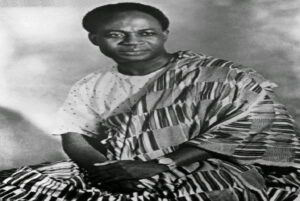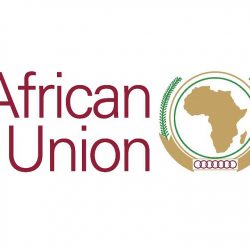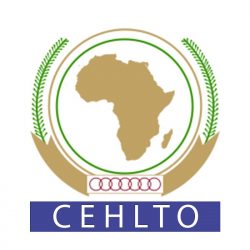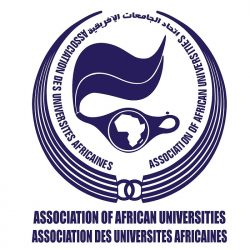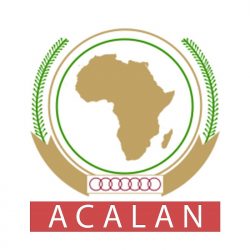KWAMINA ANSA
Kwamina Ansa, (late 15th century), or Caramansa, was the leading stool-holder of Elmina, an Akan fishing hamlet that became the first European trading beach on the Gold Coast. This ruler was responsible for negotiating with the Portuguese when they sought to build a castle at Elmina in 1482.
The earliest reference to the chiefs of Elmina derives from the Flemish trading expedition of Eustache de la Fosse, sent out from Bruges, in what is now Belgium, only eight years after the Portuguese had opened the sea route to West Africa. De la Fosse arrived off the Gold Coast on December 17, 1479, with a cargo of Sierra Leone slaves, which he intended to sell for gold. He began trading at Shama, at the mouth of the Pra River, and then moved 20 mi (32 km) along the coast to a creek on either side of which lay the ‘’Village of Two Parts,’’ later known as Mina or Elmina because of its market for mined gold, or gold thought to have been mined. Here de la Fosse ‘took hostages from the manse and caramanse, who were the king and viceroy’. Within a few days gold merchants arrived from the interior and de la Fosse had begun his business when he was arrested by a passing Portuguese man-o’-war (warship).
The next reference to the ‘caramansa’ of Elmina occurs in the Portuguese chronicles relating to the foundation of Elmina Castle. Diogo de Azambuja, a Portuguese commander, landed at Elmina on January 19, 1482, with 500 soldiers, 100 craftsmen, and quantities of lime, bricks, tiles, nails, and other equipment. Azambuja opened negotiations with ‘Caramansa, whom the blacks call king’, and extracted from him reluctant permission to build a castle. Although the caramansa received Azambuja ceremonially with horns, bells, and shell trumpets, his people rapidly took up their shields and bows when the Portuguese tried to build their fort on the site of a sacred shrine. Peace was partially restored when Azambuja sent ‘caramansa’ a gift of cloth, brass basins, and copper manillas, but work on the fortress was completed in an atmosphere of mistrust and recrimination. The castle of Săo Jorge da Mina became the first European military garrison in tropical Africa, and the first of 40-odd fortified trading posts along the Gold Coast. Within a few years it was buying 1,000 ounces of gold a year for shipment to Portugal.
Attempts to interpret ‘caramansa’ as a personal name have not been very successful. The Rev. C. C. Reindorf (q.v.), the Ga historian who wrote in the late 19th century, suggested the name ‘Okoromansa’. The British historian W. W. Claridge, writing in the early 20th century, popularised the rendering ‘Kwamina Ansa’, but it is probably more satisfactory to look upon ‘caramansa’ as a title, like ‘ Manicongo’ (Lord of the Congo), rather than a name. ‘’Mansa’’ as a title of royalty derives from the Mali empire, and probably reached the coast via an early 15th-century trade route from the upper Niger to the forest gold mines.
DAVID BIRMINGHAM


